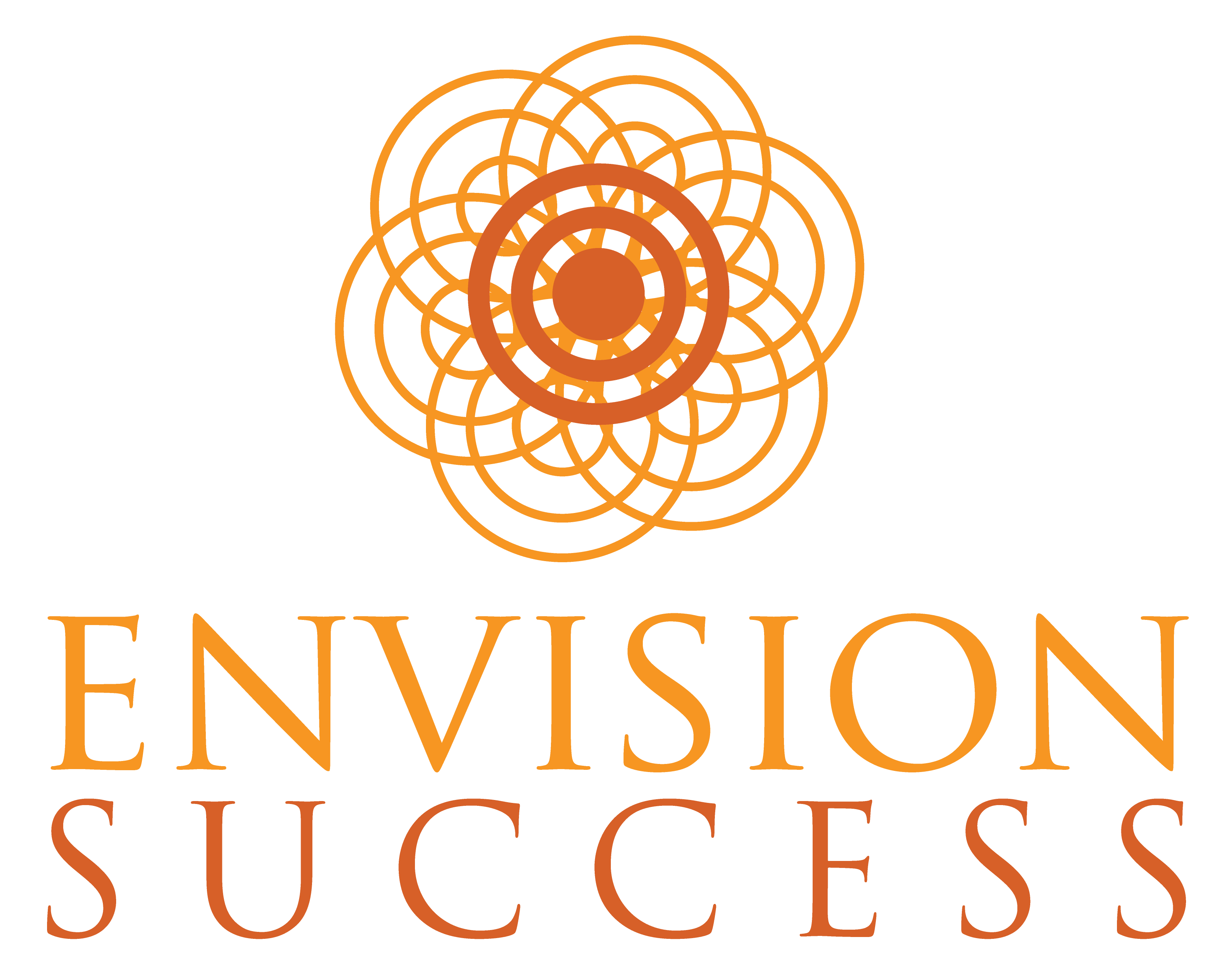Are you ever caught off guard by someone completely missing your intended message? A few basic principles of the art of communication in leadership can prevent 90% of conflict!

“The Art of Communication is the language of leadership.” -James Humes
Regardless of your leadership role, the ability to leverage the art (and science) of communication in influencing others and making an impact in the world is critical. Without decent interpersonal communication skills, the job of leadership --in all its many forms-- is much harder.
What exactly is meant by the art of communication? Does your own definition match that of others in your life? A dictionary definition states: Communication involves ‘the successful conveying or sharing of ideas and feelings’. Note the word successful.
How often do you leave a conversation feeling that your ideas or feelings were successfully conveyed or understood? All is good in the world, plans are in place to tackle the next steps, you’re both on the same page, etc.
On the flip side...
Are you ever caught off guard by someone completely missing your intended message?
All is NOT good in the world, next steps are not being taken, you’re not only NOT on the same page, it's like you’re reading two completely different books!!
As you reflect on communication in leadership, think of a conversation with a person or a group that did not go well. See if you can relate...
As the saying goes, ‘Convinced against your will you’re of the same opinion still.’
Perhaps you are in leadership position managing others, and need to get your team on board with a new project or change in procedures. You articulate your strategy, the reasons for the new project, the necessity of procedural change... You’re confident that you had persuaded your team to rally behind you,
Then…WHAM! Out of nowhere, there is a revolt in the trenches!
In other words...the more you push, the more they resist.
When communicating as a leader, their amount of resistance may be directly tied to your style of Leadership Language. As the saying goes: ‘Convinced against your will you’re of the same opinion still.’ Oh ya, we've all experienced that!
What is the goal of the art of communication?
The goal in any conversation is to ensure that effective communication has occurred, which leaves all persons involved satisfied. The message should be delivered clearly, thus leaving less room for misunderstanding, and decreasing the potential for conflict (or revolts in the trenches).
Many times, it means you must say the same thing in a different way.
This requires the skill of understanding others to predict how they might feel in a certain situation, allowing you to make sense of how and why people react as they do.
“If I understand you and you understand me, doesn’t it make sense that we can work more effectively together?” -Dr. Robert A Rohm, Ph.D. (owner of Personality Insights and Co-Founder of DiscoveryReport.com)
Share with a friend!
It has been said that 90% of conflict arises because of not understanding a few basic principles.
Being able to recognize and identify, not only how we are ‘wired’, and what our communication style is, but being able to see through the lens of another person’s perspective, will enhance our ability to communicate more effectively. This serves as an advantage to us in both our personal and professional lives.
We should be quick to remember that one-size-does-NOT-fit-all, especially in leadership communication.
Gaining a grasp of some fundamental concepts will go a long way in building stronger relationships, bridging gaps of misunderstanding, and effectuating more positive outcomes in our conversations with others.
Becoming more adept at identifying the PACE and PRIORITY of your own personality, and those of others is the first key.
- Is the person outgoing (active), or reserved (passive)? That’s the PACE piece of the equation.
- The second piece is their PRIORITY. Are they task-driven (high tech) or are they people-driven (high touch)?
In the next few articles, we’ll dig deeper into these concepts, and unpack them in a way that will give you a clearer understanding of how to put this knowledge to use in your conversations.
We’ll explore what to say and how to say it.
How understanding yourself and others reduces stress in your life... How to better understand others and predict potential conflicts as you develop better relationships.. How to use the process in interviews, staff evaluations, team structuring and building, and more!
Next post: What is DISC and how to use it in your development of the language of leadership.
~Teri Whittington
What this post is about: What is the language of leadership? How we apply both the art and science of communication to create results, regardless of leadership role, depends on our intention, skill-level, and understanding of others. First, identify PACE and PRIORITY.
Share with a friend!
